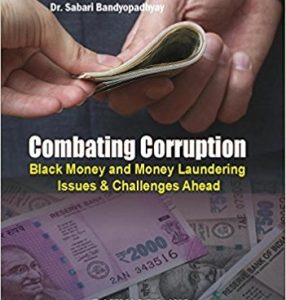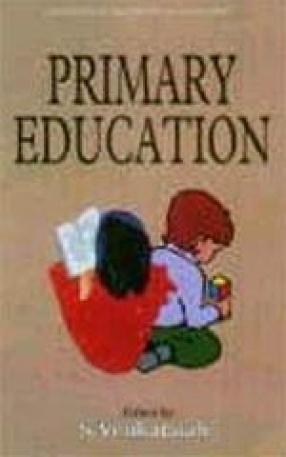The fundamental aim of this book is to make a study of the status of morality in Indian education in its major periods and with that background to show how modern education is facing moral problems in its institutions and to find the main reasons and to suggest some practical remedies for such problems. Youth in the modern times are lead by utmost selfishness and restricted to materialistic enjoyments and craving form immediate gains. Misbehaviour of the students vitiates the classroom atmosphere and hinders in attaining its fundamental aims. Teacher and administrators after the parents are the key persons in influencing the behaviour of their students, with their personal and social life and therefore they must help to produce a moral atmosphere in the educational institutions in order to develop the morality of the students. Moral instruction must given stress both directly and indirectly the curricula of education in the education of the country. The subject matter of education must be linked with the life experiences, needs and aspirations of the people. The curriculum must be reconstructed in those lines and should be comprehensive and education and school must linked with productivity and community, respectively. The Commission on Religious and Moral Education, 1959, emphasized the importance of moral education and conduct of man towards man to developed through moral values. And the programme of Action for implementing it have given at present thrust of the Indian edcation. Unless moral instruction be implemented in our education, there will bee no enhancement of qualitative improvement in education. Contents Chapter 1: Morality and Education; Morality, Meaning and nature of morality, Classification of human actions, Moral sense, Moral code, Significance of moral values, Education, Meaning and nature of education, Aims and objectives of education, Significance of education, Morality and education; Chapter 2: Education in Traditional India; Hindu educational practices, Aims of education, Content of education, Methods of teaching, System of education, Eligibility of the student, Duties of the students, Eligibility of the teacher, Teacher-student relationship, Buddhist educational practices, Aims of education, Content of education, Methods of teaching, System of education, Eligibility of the student, Eligibility of the teacher, Teacher-student relationship; Chapter 3: Education in Medieval India; Muslim education, Aims of education, Content of education, Methods of teaching, Patronage of education, System of education, Teacher-student relationship, Hindu education, Aims of education, Content of education, Methods of teaching, System of education, Teacher-student relationship, Chapter 4: Education in Modern India; Education in british india, Aims of education, Content of education, Methods of Teaching, System of education, Teacher-student relationship, Education in post-independence, Morality and education at the primary level, Moral studies as part and parcel of the curriculum, Morality and education at the secondary level, Moral studies as part and parcel of the curriculum, Morality and education at the higher level; Chapter 5: Immorality and Modern Indian Education; Students misbehaviour: Some causes and remedies, Present position of the educational institutions, Classroom situation, Subject matter of education, Examination system, Employment opportunities, Financial position, Student union elections, Teacher misbehaviour: Some causes and remedies, Classroom situation, Subject matter of education, Examination system, Administrators misbehaviour: Some causes and remedies, The role of an administrator, Administrator's misbehaviour, Some causes for the problems, Some remedial measures; Chapter 6: Conclusions.
Combating Corruption: Black Money and Money Laundering: Issues & Challenges Ahead
Combating Corruption, Black ...
$54.00
$60.00




There are no reviews yet.